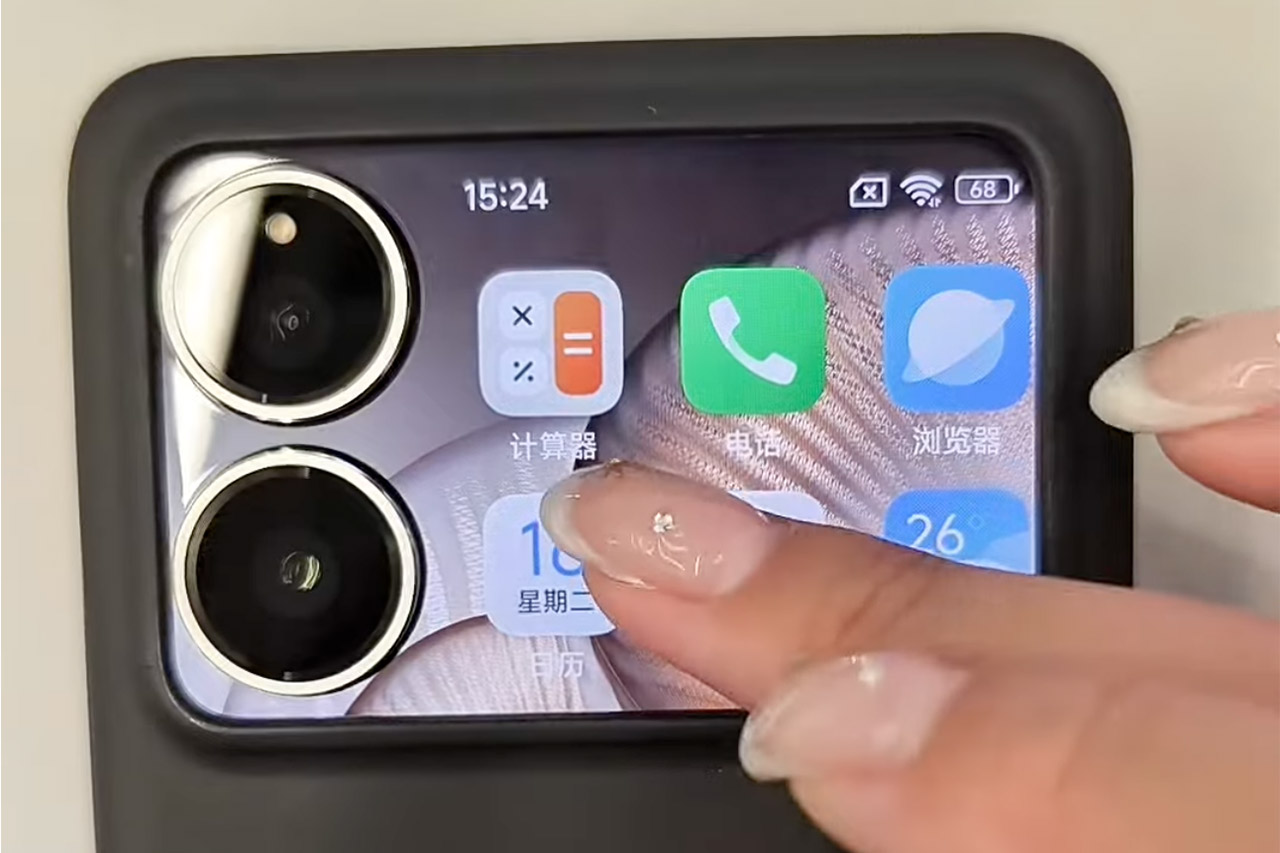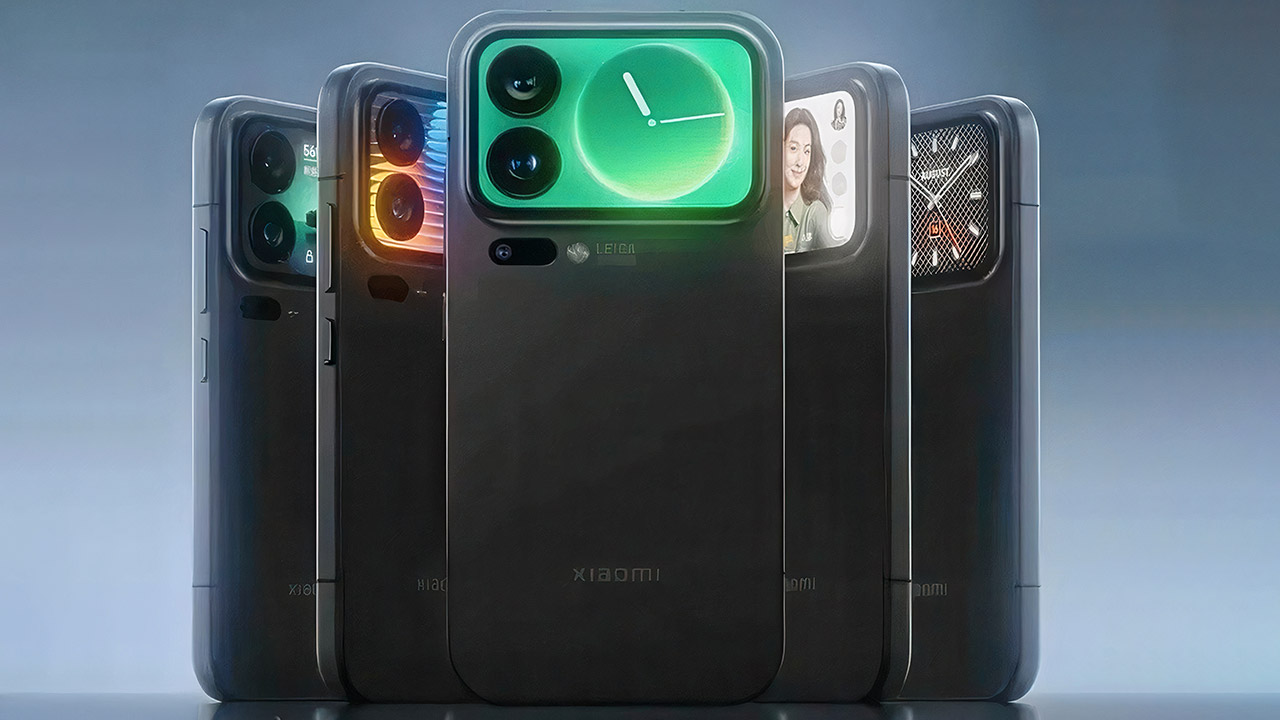
The iPhone 17 Pro came with a new look and that wide camera plateau on the back caught everyone’s attention. Just days later, Xiaomi fired back with the 17 Pro series and turned the same idea into something way more clever. By turning the empty space into a functional tool, Xiaomi has basically challenged Apple’s approach.
Xiaomi skipped the 16 series and went straight to 17 to match Apple’s numbering and timing. The launch is set for later this month in China and both Pro and Pro Max models have a rectangular camera area on the back just like the iPhone’s new plateau. Where Apple stops at the lenses, Xiaomi goes further by making that entire section an active screen called the Magic Back Screen.
- NEW built-in stylus. Jot notes, edit photos, sketch artwork, and navigate effortlessly with an improved stylus and updated software.
- 6.7" pOLED display and Dolby Atmos. Experience cinema-quality entertainment with over a billion shades of color and multidimensional sound*.
- 50MP Ultra Pixel camera + OIS. Capture sharper low-light photos and smoother videos with an unshakable camera system featuring Optical Image...
Early teasers show this rear screen in action, pulling up a simple clock or colorful patterns with ease. One quick clip even shows it working as a viewfinder for selfies, so you can check your pose without flipping the phone around. App details and notifications could pop up there too, so you can keep important info in sight even when the main screen is down. Compared to the iPhone’s static camera setup, this adds a layer of everyday usefulness that Apple hasn’t explored yet.
Building on an old idea from the Mi 11 Ultra which had a small 1.1-inch rear panel back in 2021, Xiaomi has scaled it up big time. That earlier version had basic functions like a clock or viewfinder but this one wraps around the two main cameras in the plateau, creating a larger and more integrated surface. It’s like the outer displays on foldable phones from Motorola and Samsung but fits on a standard slab design. Apple on the other hand, focuses on the lenses themselves, with all three rear cameras now at 48 megapixels and a telephoto lens that reaches 8x optical zoom.

The camera arrangement on the Xiaomi 17 Pro Max is interesting with two lenses inside the display area—a primary sensor and a periscope telephoto for far shots—and a third Leica-branded lens below, next to the flash. This should be good but details on resolutions or features are still under wraps. Apple’s plateau has the wide, ultra-wide and telephoto cameras in a fixed layout, focusing on better low light and video tools like ProRes RAW. Xiaomi’s screen opens up possibilities for real-time adjustments or previews that could make shooting more intuitive.
The entire lineup will be powered by the Snapdragon 8 Elite Gen 5 chipset, Qualcomm’s latest high-end processor that will be released soon. This should handle demanding tasks like gaming and photo editing smoothly. Batteries are big too, 7,000mAh for the standard 17 and 7,500mAh for the Pro Max, so you can go longer on a single charge than what Apple offers.

Design-wise, the Xiaomi 17 Pro series has rounded corners, flat sides and buttons on the right edge. The rear screen doesn’t stretch fully edge-to-edge, though it’s big enough for widgets and images. Leaks show Leica branding prominently, that’s the partnership for optics that rivals Apple’s in-house refinement. While the iPhone has aluminum unibody and Ceramic Shield back for durability, Xiaomi’s move to make the camera area multifunctional might appeal to those tired of plain bumps.
As the launch approaches, more details will surface on software features or exact pricing, which could be in the $700 range based on past flagships.
[Sources 1 | 2]










